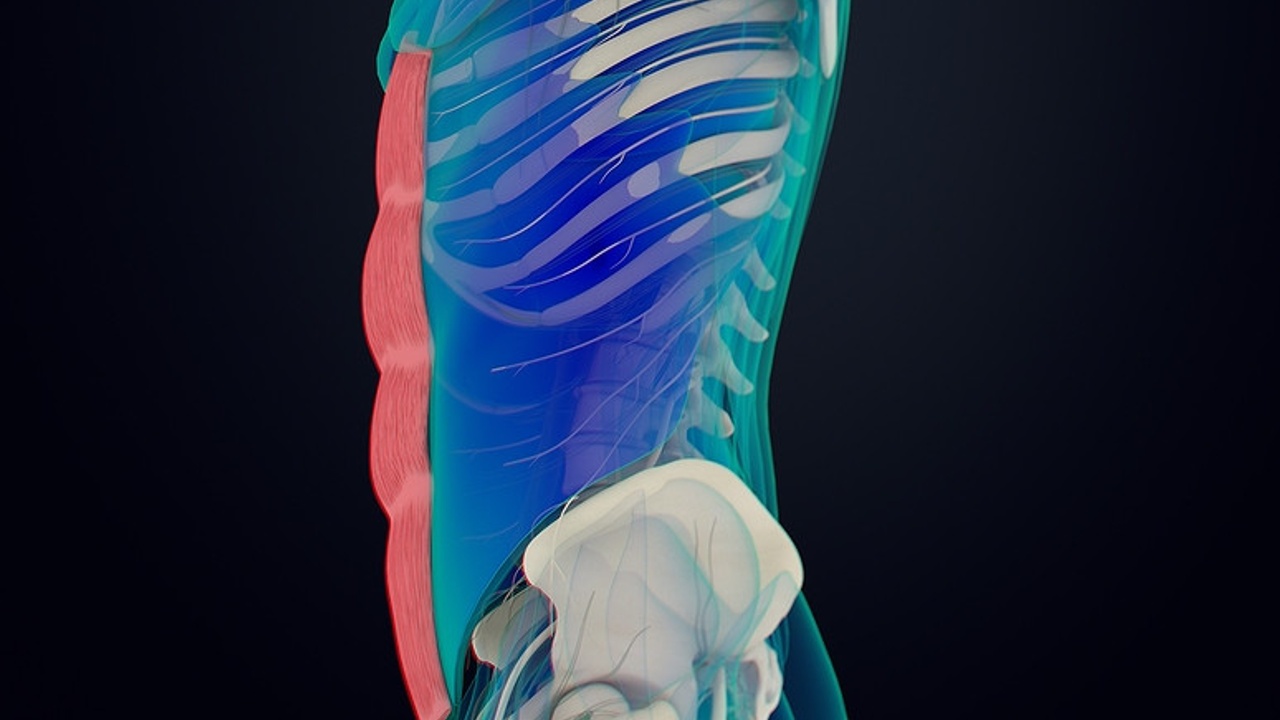Core Training - Are You Doing Enough?
Aug 02, 2012
In case you missed my article in the Los Alamos Daily Post it is reprinted below.
You have probably heard that having a strong core is important and will help with back pain, athletic performance, injury prevention, posture and the various activities of daily living. In your effort to gain strength in this area you may have started a program of abdominal and lower back exercises, but is this enough?
Before we consider this question we need to discuss the anatomy of the core and why yours needs to be strong. The core of your body extends from your shoulders to below your hips. It encompasses muscles of the torso centering around the position of the spine and pelvis, which are interconnected. The back of the pelvis is made up of fused spinal vertebrae in the sacrum and tailbone. Ilium bones connect to the pelvis on either side of the sacrum and are joined by cartilage in the front at the pubic symphysis.
The pelvis, located at the base of the spine links the upper and lower body and performs the dual roles of stabilization and motion generation. It supports the weight of the upper body when sitting or standing and transfers power from the core to the limbs during movement. In sport or daily living, moving your body starts by engaging your core which is why having it strong and balanced is fundamental to the performance of any activity.
A pelvis that is out of balance – one side higher than the other, twisting around the spine or a difference in the forward to backward tilt – can cause the spinal curves in the lower back, mid-back and neck to round (flex) or extend (arch) more than natural. These disparities in the pelvis can cause pain and injury anywhere in the body. The goal of core training is to develop a balanced, strong torso with an aligned spine and symmetrical pelvis.
Now back to our question - are abdominal and lower back exercises enough to keep your core strong? Probably not, although this is a good start at gaining a firm foundation around the spine. As discussed, the position of the spine and pelvis are fundamental to a strong core. Keeping the pelvis in an aligned position requires a coordinated effort among the muscles that are attached to it from all directions. The abdominal and lower back muscles attach to the pelvis from above. There are also many muscles that attach to it from below and from the sides. Your core training program should incorporate exercises for all these muscles including the inner and outer thigh, quadriceps and hamstrings, hip rotators, gluteals, and hip flexors.
Stay connected with news and updates!
Join our mailing list to receive the latest news and updates from me.
Don't worry, your information will not be shared.
We hate SPAM. We will never sell your information, for any reason.

